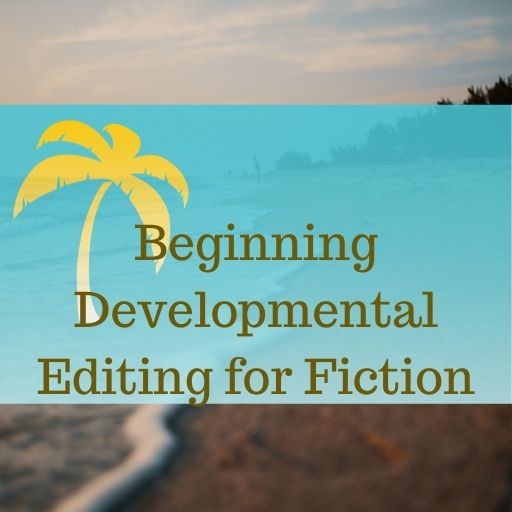Focus on a limited number of problems in story development
Typically in a manuscript evaluation or developmental edit, I focus on what I perceive to be the three-to-five most important concerns I’ve noticed in the ms. This is the approach I teach my editing students.
Editing too many problems at once overburdens the author
In any given ms, there may be ten or fifteen developmental problems but not all of them are equally important and not all of them can and should be addressed at once. It is unrealistic to think that an author could address fifteen significant problems in one round of revision.
It is especially unrealistic given that authors whose works have a lot of problems are almost always beginners. They can’t begin to imagine how they’ll address all the problems. It is deeply discouraging and often causes authors to give up.
If an author does try to address all fifteen problems in one round of revision, it’s likely that they’ll make the easier fixes (“Meghan has blue eyes in Ch 1 and brown eyes in Ch 4, please reconcile”) and skip the more significant ones (“There’s no plot.”).

Start with the biggest problems
All developmental problems are interrelated. If we say that a character’s choices drive the plot then we can see that changing the character or their choices will naturally change the plot. That means a little note I made about the overuse of adverbs in Chapter Five is likely to be completely immaterial by the time the author has dealt with the bigger issues of plot and character; the whole story will have changed.
Similarly, if I think there are several scenes that don’t do anything and I suggest the author delete them, there is no point in my also suggesting to the author that they fix the dialogue in those scenes. Imagine how confusing it would be to never know if the editor really thinks the scene should be deleted or if the dialogue should just be tweaked.
Once the biggest issues are addressed in revision, then the smaller ones can be dealt with, such as making the setting more immersive or ensuring the dialogue sounds more natural.
When I say “smaller” I don’t mean “unimportant.” Setting is important. Natural-sounding dialogue is important. But if there’s no plot and no character development, even a terrifically rendered setting cannot save the story. So, we deal with first things first.
Communicating effectively with the author
I’ve heard editors say they write twenty- and thirty-page revision letters and I can’t imagine an author trying to tackle that revision. As an author myself, I would probably give up, assuming the ms was too much of a disaster to save.
I try to ensure authors understand that a ms may have problems I haven’t addressed in the edit, and I’ll give them a basic sense of what these are so that no one is surprised when one round of revision doesn’t solve all of the problems.
But often fixing one developmental problem solves another (because developmental problems are interrelated). This is another reason keeping revision rounds manageable is good practice. For example, often in streamlining an overly complicated plot, an author will also eliminate some unnecessary characters. Now the problem of “this story has too many characters to keep track of” no longer exists. So, a second round of development can focus on other issues.
But even if the author never comes back for a second round of development, having revised the ms to address the biggest problems (rather than giving up or making only a half-hearted attempt because of being overwhelmed) will automatically improve the ms, usually significantly.
Editors who include everything they can possibly think of in a developmental edit sometimes lack confidence in their ability to identify the most important issues or they think their being thorough is more important than the author’s experience of the edit or the success of the revision.
An edit that overwhelms an author is a failed edit. I try very hard not to deliver these.
If I’m working for a publisher, I may have to take a different approach, depending on what the AE and I agree needs to be done in the revision but for indie authors one of my main goals is to deliver an edit that they feel motivated by, not one they feel defeated by.
Join the Club!
New to story editing? Begin at the beginning.







